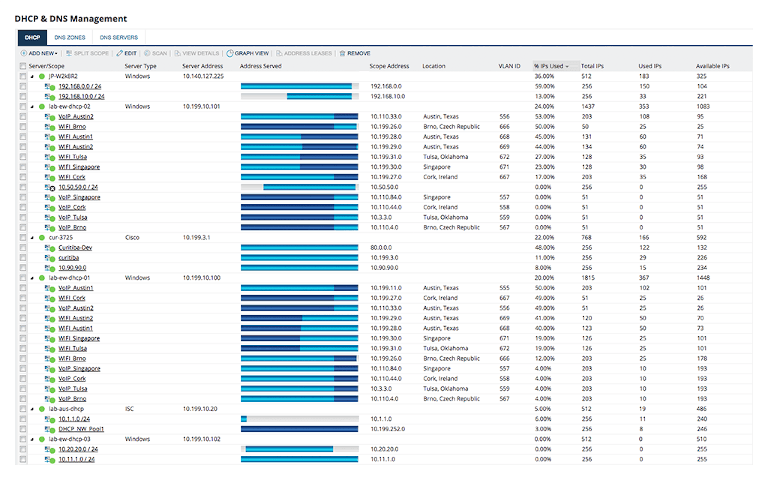

- #Continuous scan network for mac address windows how to
- #Continuous scan network for mac address windows windows
Ideally, you or someone else on your team has access to the device, to ensure that the correct IP settings can be set. If you have detected an IP conflict in your network, you’ll need to correct the IP settings of the device that is “squatting”. If the MAC address does change then, congratulations! … you have an IP conflict. To verify this, you have to execute every two or three seconds the command that returns the ARP cache. Try NetBeez now!ġ) Get access to the router that serves as the default gateway of the subnet where the conflict is happening.Ģ) Inspect the router’s ARP cache and check if the MAC address associated to the conflicting IP changes frequently. Get real-time metrics from all your network locations and from the user perspective. If the ping test returns high packet loss, then it’s worth the continued troubleshooting. In this scenario, one way to detect an IP conflict is to first ping the remote IP address. It’s more difficult because you don’t have local access to the host and you are not able to have a stable remote session.
#Continuous scan network for mac address windows windows
Here’s an example of a Windows IP conflict notification …ĭetecting an IP conflict is even more difficult if it’s affecting remote network devices that are not end-user workstations.
#Continuous scan network for mac address windows how to
How to detect an IP conflictīoth Windows and Macintosh operating systems notify the user via pop-up notification when an IP conflict is detected with another computer. This scenario is avoidable by implementing peer review of network configuration changes. When the misconfigured device is then connected to the network, it creates an IP conflict. For example, an operator may assign an existing IP address to a network device, like a router or switch. The last scenario could be caused by human error. This scenario is more difficult to troubleshoot than the previous one, but still possible, in my experience. This computer is now causing an IP conflict. The computer will now self-assign the IP address using the DHCP lease saved in the cache (a behavior that is common on Linux hosts). Now, let’s imagine the computer that first received the DHCP lease comes back online for some reason, the computer isn’t able to reach the DHCP server. As the lease timeout expires, the DHCP server may assign that IP address to another computer. In another scenario, a computer is assigned an IP from the DHCP server this computer then goes offline. Unfortunately, this something that is not always possible in all network environments (e.g. If that same IP address is then dynamically assigned to another computer by the DHCP server, an IP conflict will occur.įortunately, this problem can be avoided by denying users permission to set the IP settings on their computer. In one scenario, one (inexperienced) user may assign a static IP address that is part of a DHCP pool to his computer.


IP conflicts happen for different reasons. This is something that should be addressed as soon as the problem arises. Hosts may experience continuous connections and disconnections. One host may receive packets that belong to the other one, and vice versa.Īs result, IP conflicts have very unpredictable consequences on the affected hosts. When this happens, communications with the two conflicting hosts are mixed up. An IP conflict occurs when two or more hosts in the same subnet are configured with the same IP address.


 0 kommentar(er)
0 kommentar(er)
